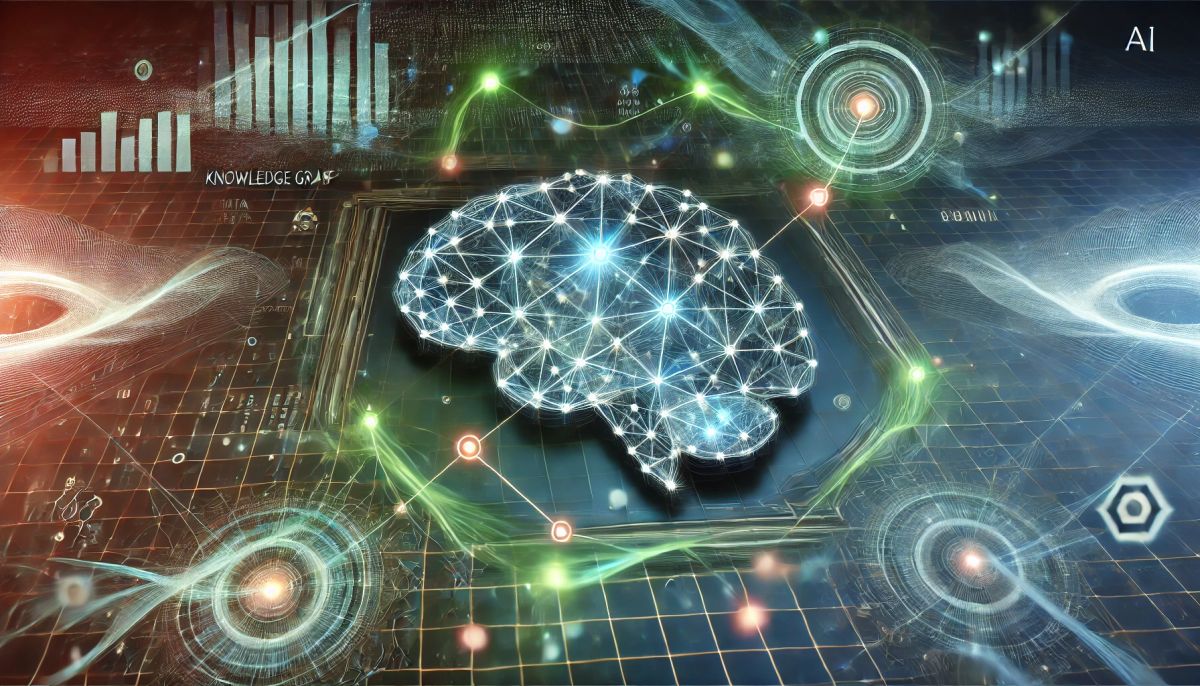In the ever-evolving field of artificial intelligence (AI), large language models (LLMs) like GPT have demonstrated remarkable capabilities in natural language understanding and generation. However, when it comes to complex reasoning tasks that involve connecting multiple entities, traditional LLMs often fall short. They may hallucinate information, provide ambiguous responses, or require computationally expensive processes. To address these challenges, researchers have developed Fast Think-on-Graph (FastToG)—a revolutionary framework that leverages knowledge graphs (KGs) for faster, deeper, and more accurate reasoning.
The Limitations of Traditional Retrieval-Augmented Generation (RAG)
Retrieval-Augmented Generation (RAG) has been widely used in LLMs to enhance response generation by retrieving relevant context from external sources. While effective for basic queries, conventional RAG approaches often struggle with complex queries requiring nuanced reasoning.
Some limitations include:
- Shallow Context Understanding: Many RAG systems only focus on one-hop relationships, which fails to capture deep connections across entities.
- High Computational Costs: Systems that integrate dense KGs often require significant computational resources, especially when graphs are large and interconnected.
- Lack of Explainability: Responses generated through embeddings in high-dimensional spaces often lack transparency, making it harder for users to understand the reasoning process.
What is FastToG?
Fast Think-on-Graph (FastToG) is a next-generation paradigm designed to overcome these challenges by enabling LLMs to reason "community by community" within KGs. Instead of treating individual nodes or edges as isolated units, FastToG partitions the graph into tightly connected communities and guides LLMs to focus on these groups for more efficient reasoning.
Key innovations in FastToG include:
- Community-Based Reasoning: By grouping related nodes into communities, FastToG reduces noise and simplifies the reasoning process.
- Two-Stage Community Pruning: A modularity-based coarse pruning method eliminates low-quality communities, while fine pruning leverages LLMs to identify the most relevant ones.
- Community-to-Text Conversion: To bridge the gap between graph structures and LLM inputs, FastToG uses advanced methods like Graph2Text and Triple2Text to convert communities into readable text formats.
How FastToG Works
FastToG operates in two main phases:
1. Initial Phase: Identifying Relevant Communities
The process begins by extracting a starting community based on the user’s query. A Local Community Search (LCS) algorithm is then used to retrieve subgraphs within a predefined radius of the starting node. These subgraphs are partitioned into communities using advanced detection algorithms like Louvain or Spectral Clustering.
Two key pruning steps follow:
- Coarse Pruning: Using modularity metrics, FastToG filters out communities with weak internal connections.
- Fine Pruning: LLMs are prompted to evaluate and rank the remaining communities, ensuring only the most relevant ones are selected for the next phase.
2. Reasoning Phase: Building and Evaluating Community Chains
FastToG constructs reasoning chains, where each chain represents a sequence of communities connected by meaningful relationships. The selected communities are converted into text using Graph2Text or Triple2Text methods, allowing LLMs to process them as natural language.
The reasoning phase continues iteratively, updating the chains until the LLM generates a clear and accurate response or a maximum iteration limit is reached.
Advantages of FastToG
1. Higher Accuracy
FastToG demonstrates superior accuracy compared to previous RAG systems. In evaluations across datasets like WebQSP and CWQ, FastToG consistently outperformed methods such as Chain-of-Thought (CoT) prompting. For example, FastToG achieved a 5% improvement in accuracy over n-d 1-w approaches like Think-on-Graph (ToG).
2. Faster Reasoning
By focusing on community structures, FastToG reduces the average depth of reasoning chains, resulting in fewer LLM calls. This significantly enhances efficiency, making the system more scalable for real-world applications.
3. Enhanced Explainability
FastToG’s community-based approach provides a clear and transparent reasoning process. Users can trace the connections between entities, making the generated answers more interpretable and trustworthy.
Applications of FastToG
FastToG’s capabilities have broad implications across multiple domains:
- Question Answering Systems: By leveraging communities, FastToG enhances multi-hop question answering, enabling more precise responses for complex queries.
- Recommendation Systems: FastToG improves personalization by analyzing interconnected user preferences and product attributes.
- Scientific Research: The system aids researchers by connecting disparate entities in large datasets, revealing hidden patterns and insights.
- Smart Assistants: FastToG empowers virtual assistants with enhanced reasoning capabilities, enabling them to handle intricate user queries efficiently.
Challenges and Future Directions
While FastToG represents a significant leap forward, there is room for improvement:
- Community Detection Accuracy: Incorporating semantic and syntactic analysis could further refine community detection.
- Multi-Level Hierarchical Communities: Developing a multi-level approach may enhance efficiency and scalability.
- Hallucination in Text Conversion: Fine-tuning Graph2Text models to minimize logical or factual inconsistencies is a key area of focus.
Conclusion
Fast Think-on-Graph (FastToG) is a game-changer for integrating knowledge graphs with large language models. By adopting a community-based reasoning framework, it addresses the limitations of traditional RAG systems, offering higher accuracy, faster performance, and greater explainability. As AI continues to evolve, FastToG sets a new standard for how LLMs can leverage structured data to solve complex problems.
The future of AI lies in bridging the gap between unstructured and structured data, and FastToG is leading the charge toward this exciting horizon.
